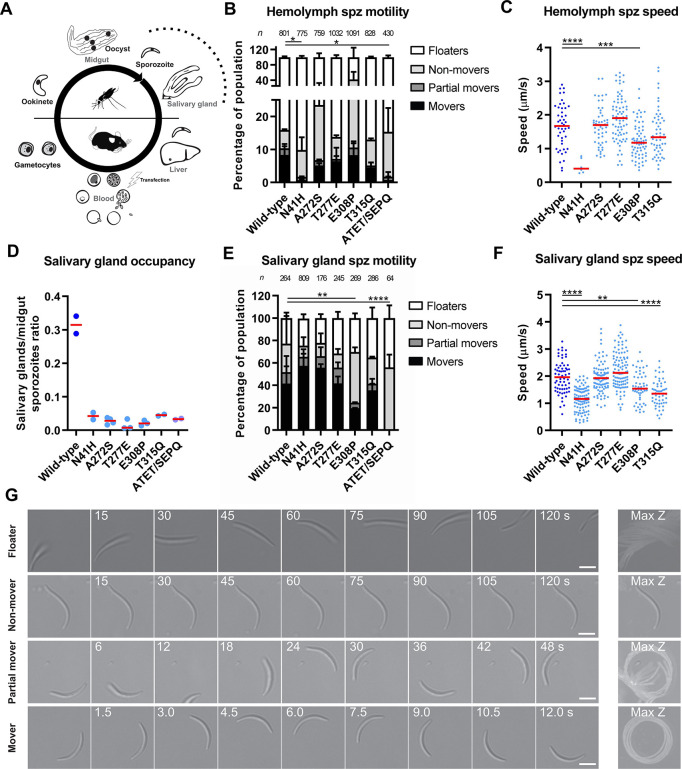Fig 3. Actin mutants are highly deficient in salivary gland invasion.
(A) Schematic representation of the Plasmodium life cycle with late mosquito stages indicated with a dashed line. Sporozoites egress from oocysts and, after passive transport through the mosquito hemolymph, penetrate salivary glands. (B) Hemolymph sporozoite motility was analysed using a 2D motility assay. Consistent with the effect of ATET/SEPQ on ookinete motility, this mutant was highly deficient in motility. Subdomain 2 mutant N41H also displayed a highly reduced motile population while single subdomain 3 mutants were motile at similar level to wild-type controls. Bars represented as mean ± standard deviation for repeats between at least two independent mosquito infections (with exception of N41H, standard deviation of two technical repeats across two days from single infection). Fischer’s exact test, *p<0.05. (C) Speeds of moving hemolymph sporozoites were similar between mutants, with the exception of N41H which was slower. E308P was also slower but was in the normal median range for wild-type speeds. ATET/SEPQ is absent since only two motile sporozoites were observed in this assay. Red line indicates median value. Mann-Whitney test, *** p = 0.0002, ****p<0.0001. (D) All actin mutants displayed an approximately 10-fold reduction of salivary gland sporozoite numbers when normalized to midgut sporozoite loads of the same mosquitoes. Red line indicates median value of repeats of d19 counts of least two independent mosquito infections per line. (E) Single mutant salivary gland sporozoites generally had a similar proportion of motile parasites while E308P had a slight reduction and ATET/SEPQ had zero movers. Bars represented as mean ± standard deviation for repeats between at least two independent mosquito infections. Fischer’s exact test, **p<0.01, ****p<0.0001. N41H displayed a slightly elevated motile population (p = 0.03) but this is in the normal range for wild-type parasites. (F) Subdomain 3 mutant salivary gland sporozoites had similar speeds when compared to the wild-type control. N41H, E308P and T315Q showed slight reductions in speed. ATET/SEPQ is absent since no motile salivary gland sporozoites were observed in this assay. Red line indicates median value. Mann-Whitney test, **p<0.01, ****p<0.0001. T277E had a slightly increased speed (p = 0.02) likely due to experimental variation. (G) Example images of different categories used to class motility in (B) and (E). Number indicates time in seconds; scale bar: 5 μm. For examples of other patterns classed as “non-movers”, see S3 Fig.

